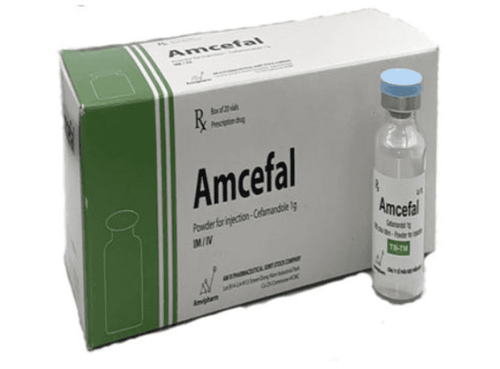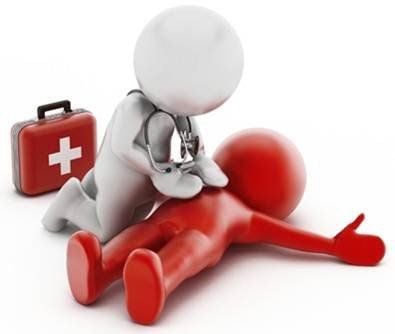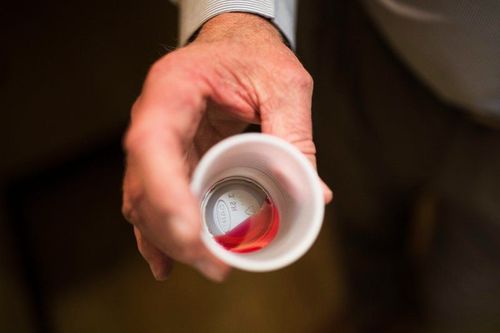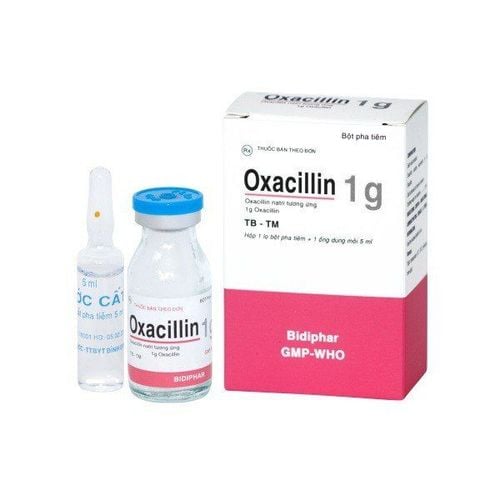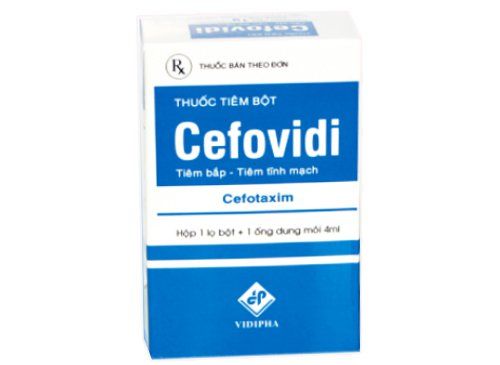This is an automatically translated article.
The article was professionally consulted by Specialist Doctor I Do Van Manh - Emergency Resuscitation Doctor - Emergency Resuscitation Department - Vinmec Ha Long International HospitalSepsis is an acute bacterial infection with a very high mortality rate. Although sepsis can be easily treated if detected early, the symptoms of sepsis are easily confused with other conditions and often go undetected. That's why it's important to know the signs of sepsis.
1. Fever
High fever (over 38 degrees Celsius) is the first and most important sign of a patient with sepsis.
2. Hypothermia
Although fever is the most important sign, toxins from sepsis can cause the opposite. In rare cases, the body's response to infection is hypothermia. Studies have demonstrated that hypothermia can be a more severe sepsis and a worse prognosis.
3. Chills
Patients with sepsis often have chills accompanied by hyperthermia. Fever with chills can be confused with other infections. Only when fever and chills are accompanied by other typical symptoms can the patient be diagnosed with sepsis.
4. Rapid breathing, irregular breathing
Sepsis causes patients to breathe faster for 2 reasons. First, if an infection occurs in the lungs, the amount of oxygen the body inhales will be reduced. If the patient does not have an infection in the lungs, and if the infection progresses, the body will need more oxygen and increase the release of CO2. The body will respond to this by breathing faster and making it difficult for the person to breathe.
5. Pain, discomfort

Patients will feel pain in the whole body or only some parts, the symptoms of blood infection such as headache, abdominal pain, leg pain are easy to be confused with other diseases.
6. Heart beats fast
According to the Mayo Clinic, a heart rate above 90 beats per minute can be a sign of sepsis. This is explained by the fact that during sepsis, the heart tries to pump blood away so it can fight the infection. Two mechanisms help increase the amount of blood pumped: an increase in heart rate or a stronger heart contraction.
7. Urinating less than usual
When you have sepsis, your body becomes dehydrated, so you will urinate less than usual. In addition, less urine can also be because the body is tired, so eat less or the patient vomits and has a lot of diarrhea. Sometimes, low urine output is also a sign of something more serious: drainage of fluid from the blood vessels.
8. Lower blood pressure
Low blood pressure occurs in sepsis, when blood vessels begin to lose water, arteries and veins begin to dilate, blood can no longer circulate throughout the body. Low blood pressure is considered the most serious manifestation of infection, which can lead to septic shock – the most serious stage of sepsis.
9. Nausea, vomiting, diarrhea

These symptoms can be easily confused with other gastrointestinal diseases.
10. Skin color changes
When you have sepsis, the body will prioritize transporting blood to the most important organs of the body, blood will also move from less important organs to important organs to help you maintain life. As a result, the amount of blood to the skin may decrease and make your skin turn purple, pale.
In short, sepsis can start in any part of the body, so the disease also has many different symptoms. However, sepsis will have all the manifestations of toxic infection syndrome such as: the first sign is high fever, unstable body temperature; rapid breathing or irregular breathing; chills; urinating less than usual; rapid pulse; rapid breathing; nausea, vomiting, diarrhea.
Sepsis can be cured if the patient is quickly taken to the hospital for intensive treatment.
Please dial HOTLINE for more information or register for an appointment HERE. Download MyVinmec app to make appointments faster and to manage your bookings easily.






